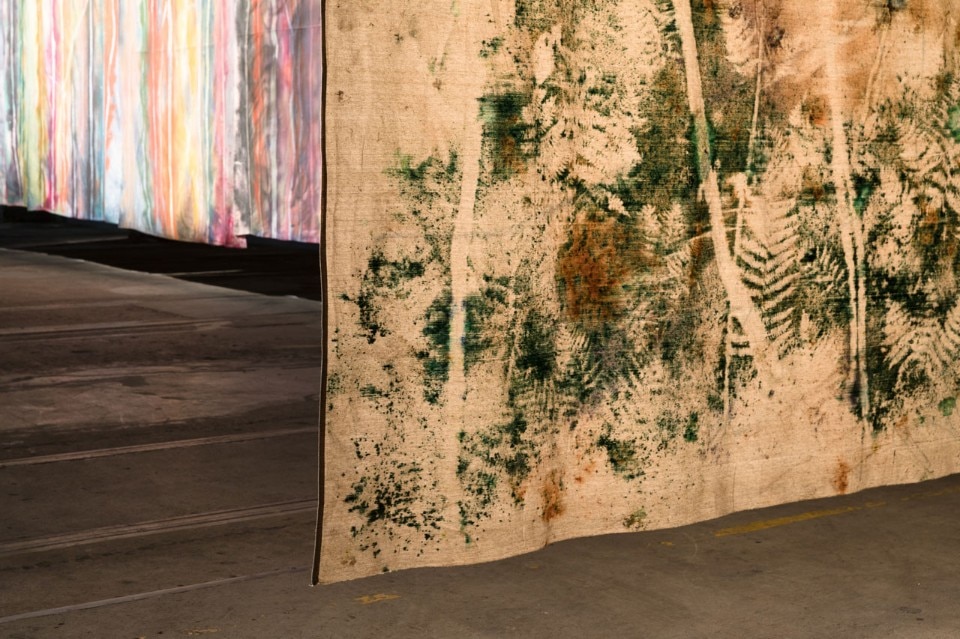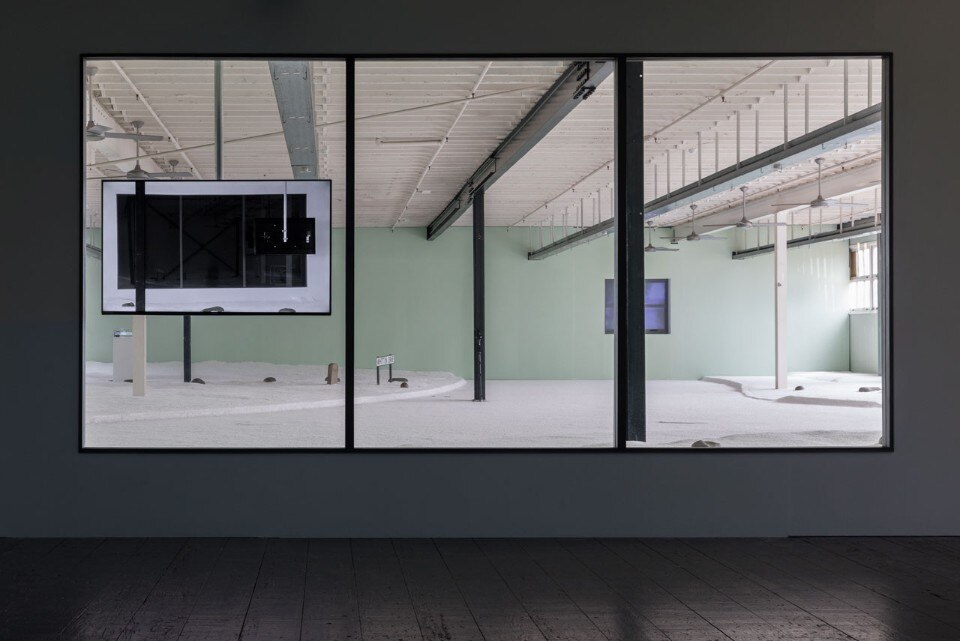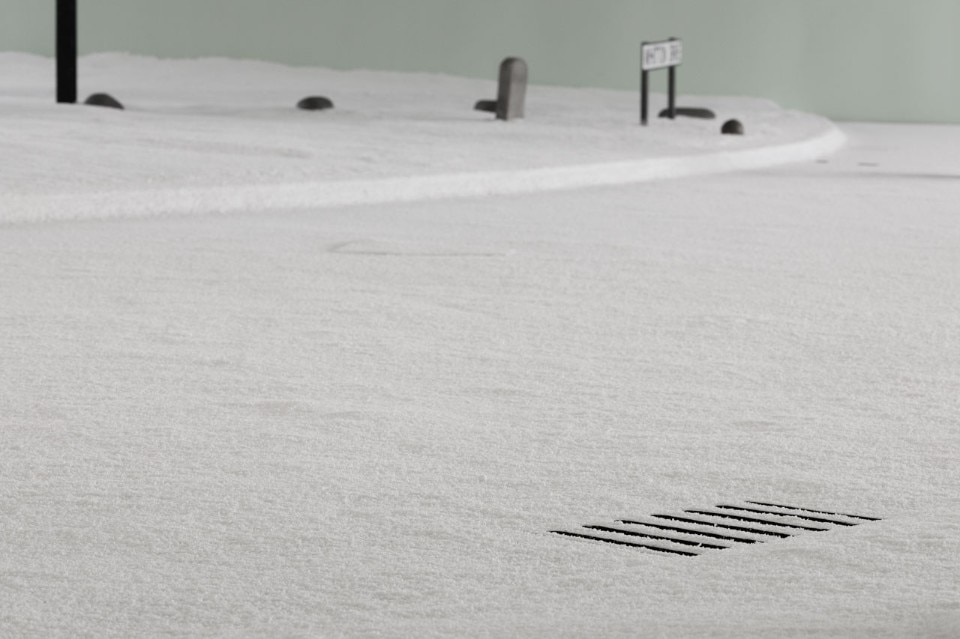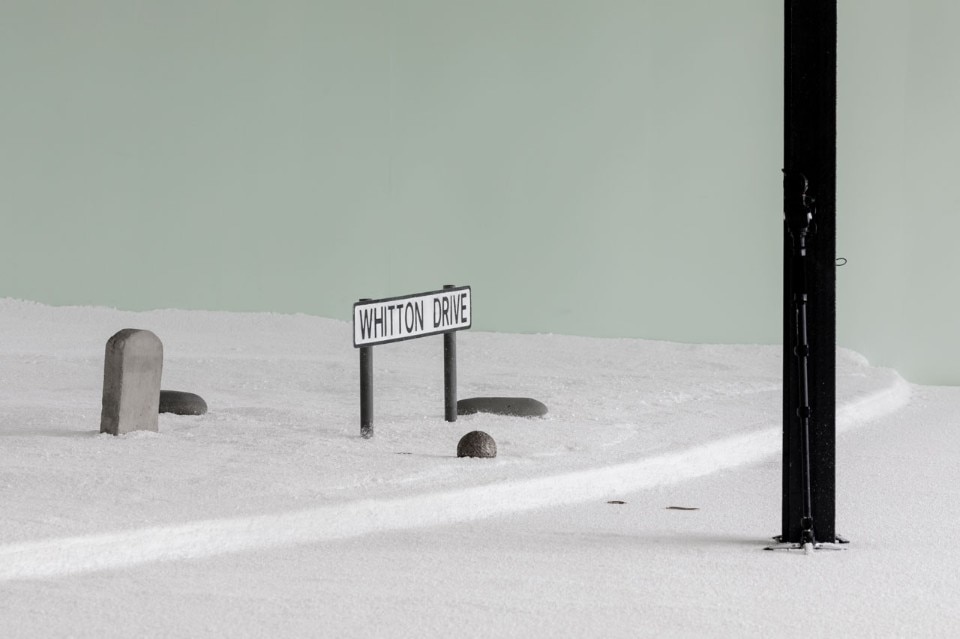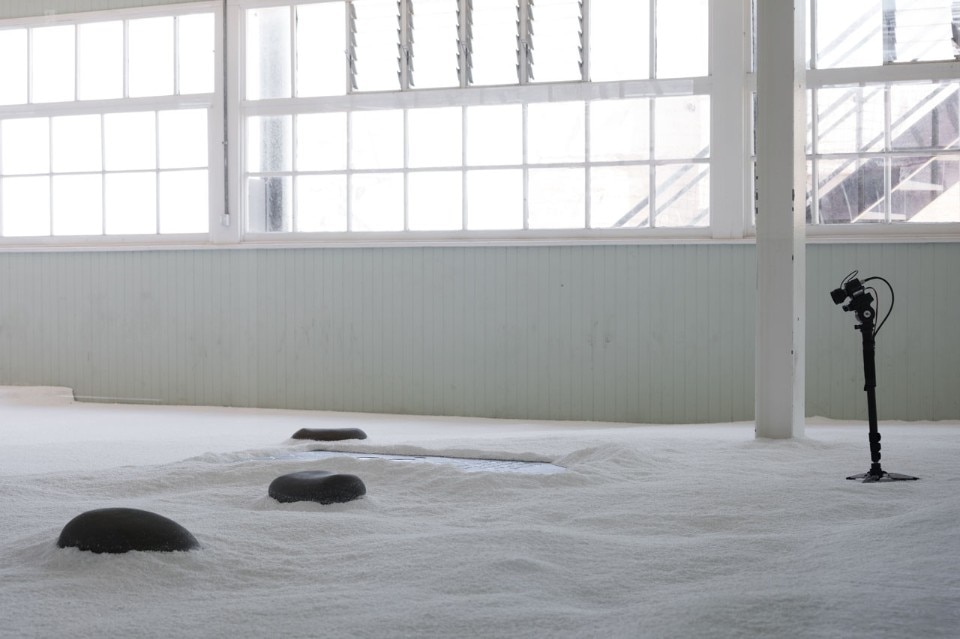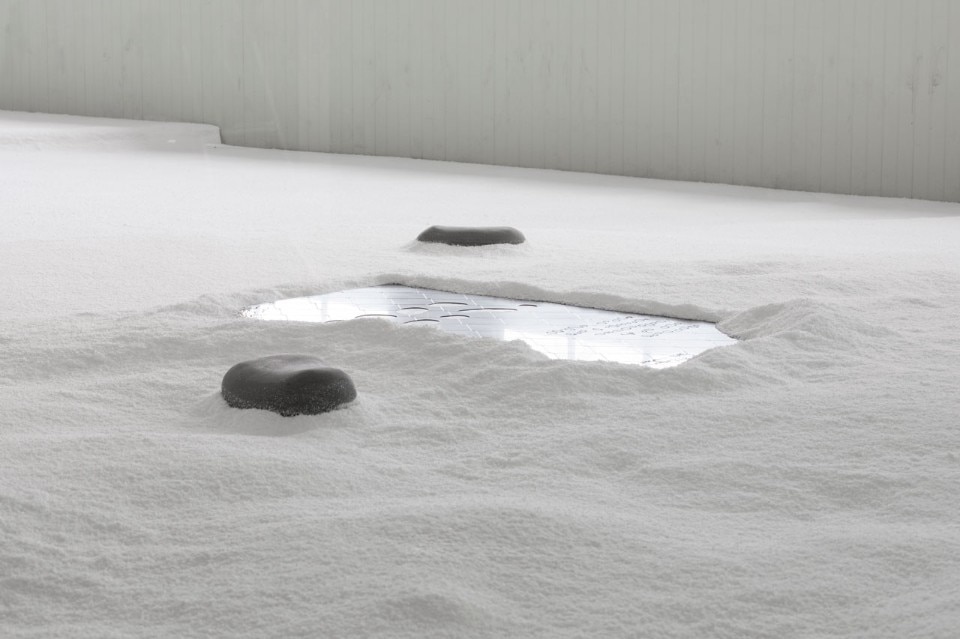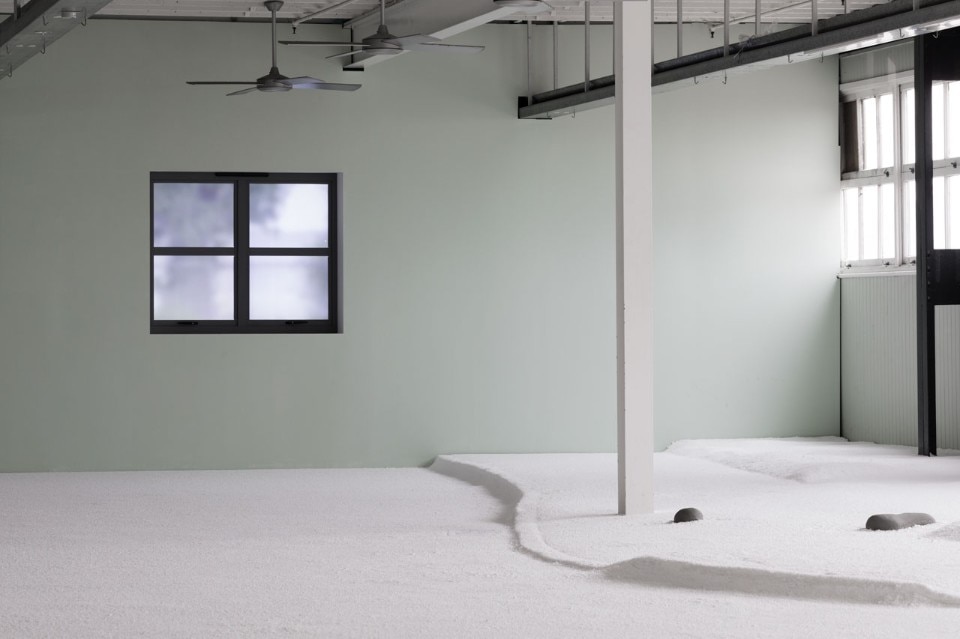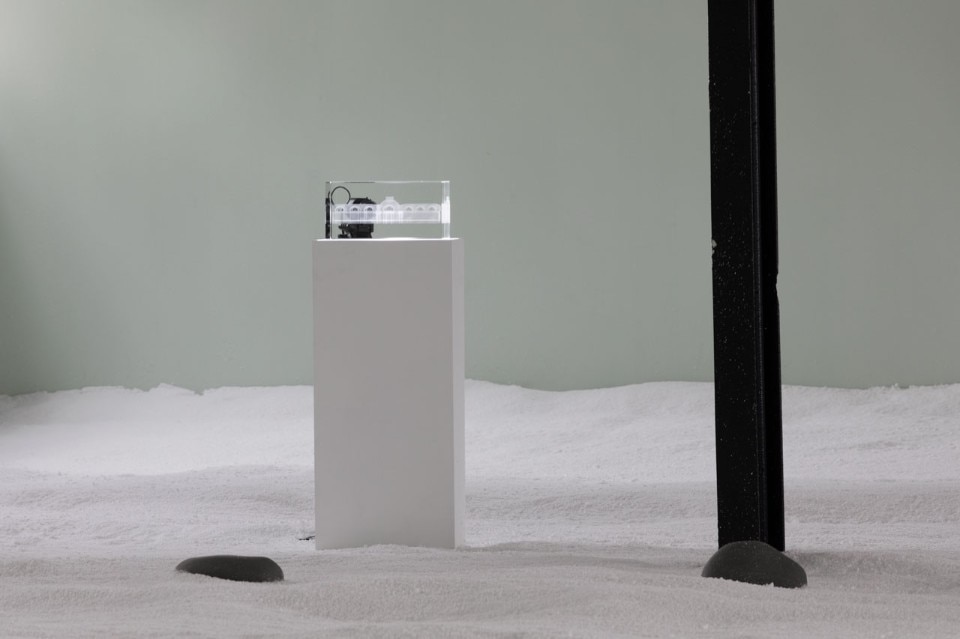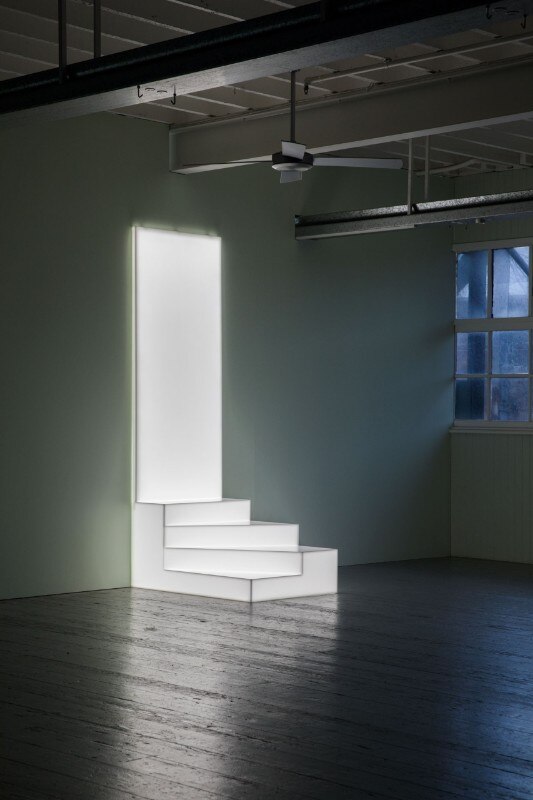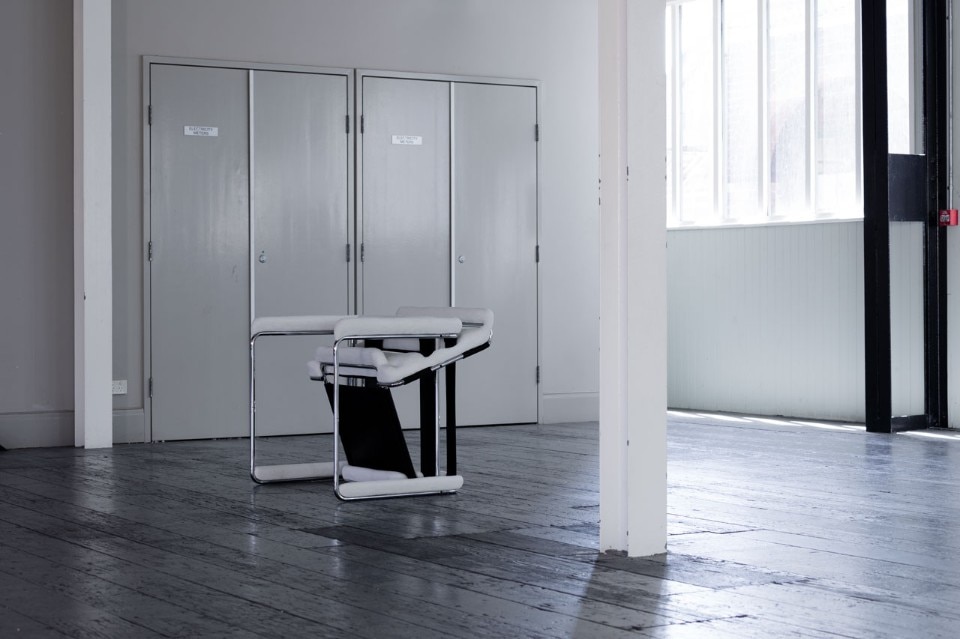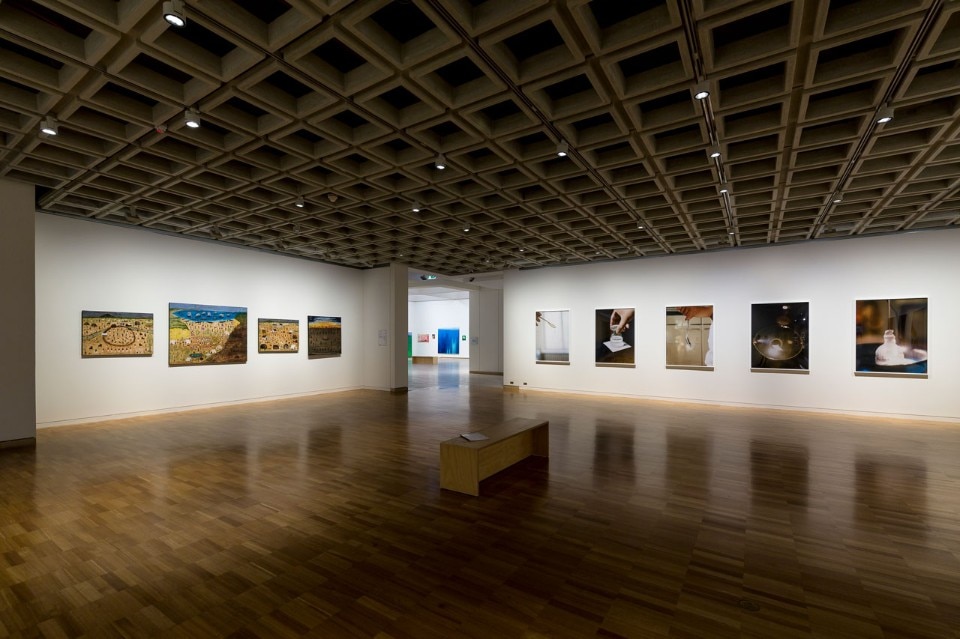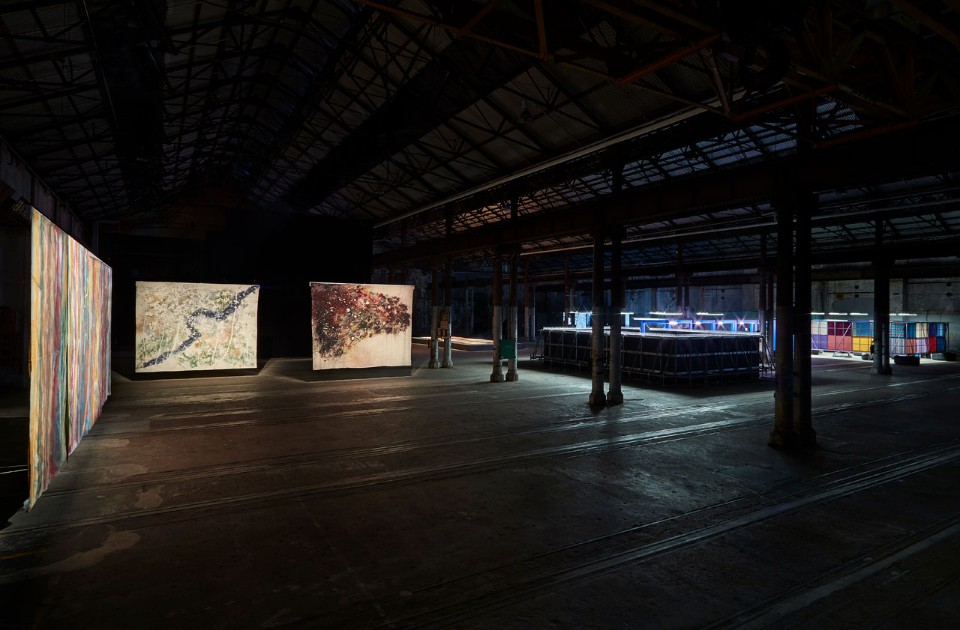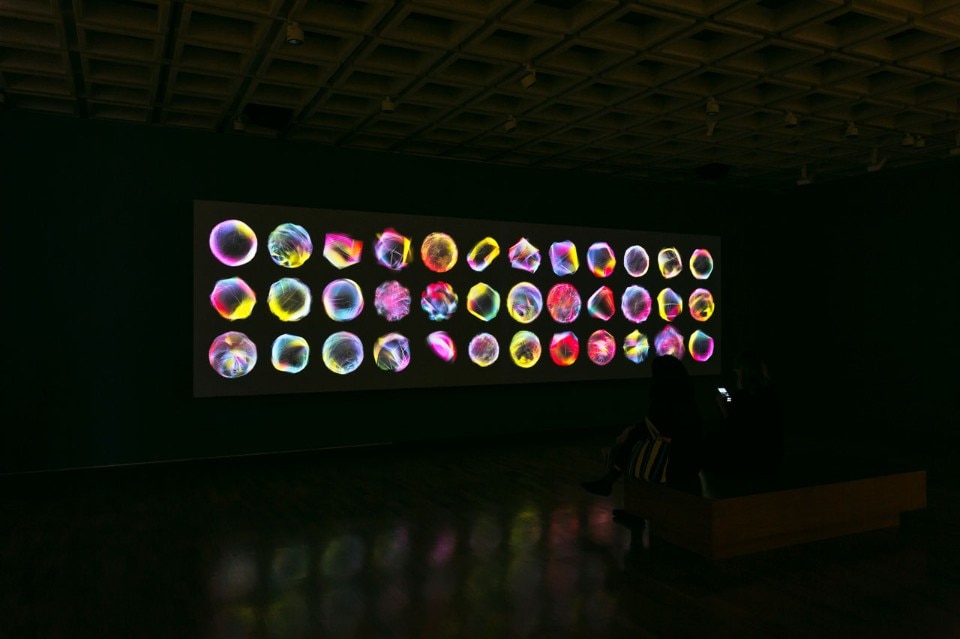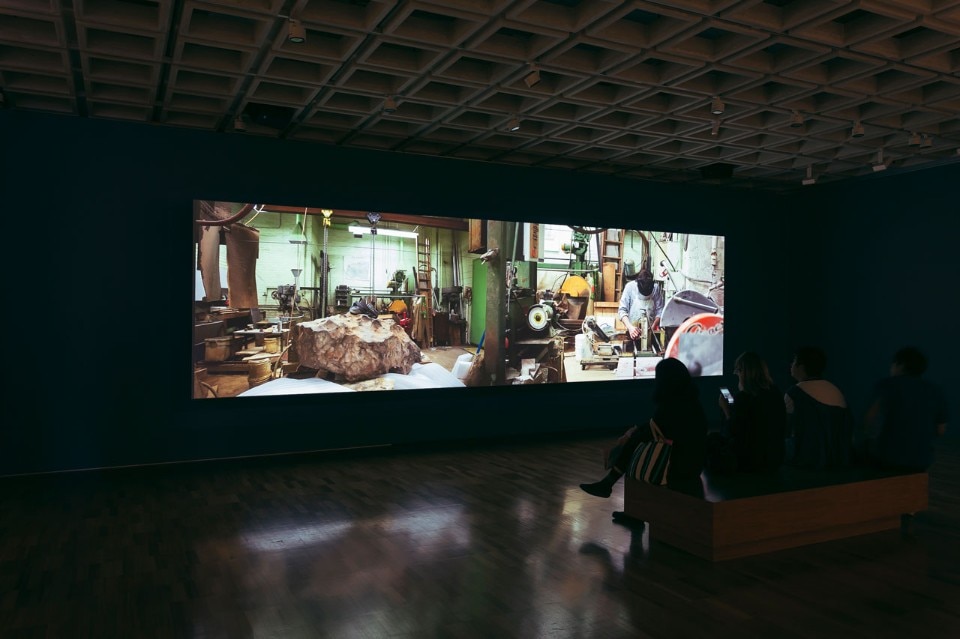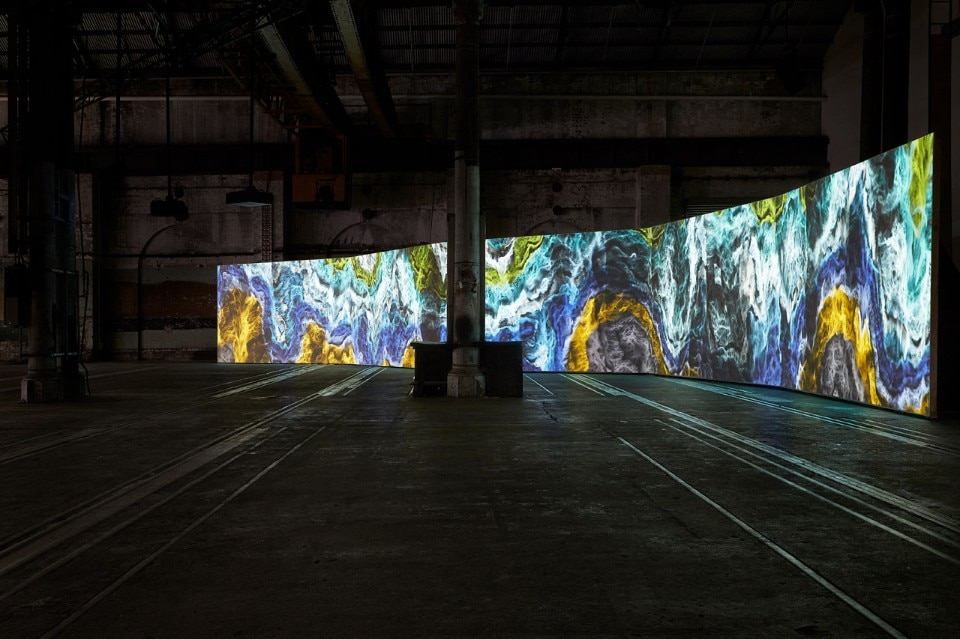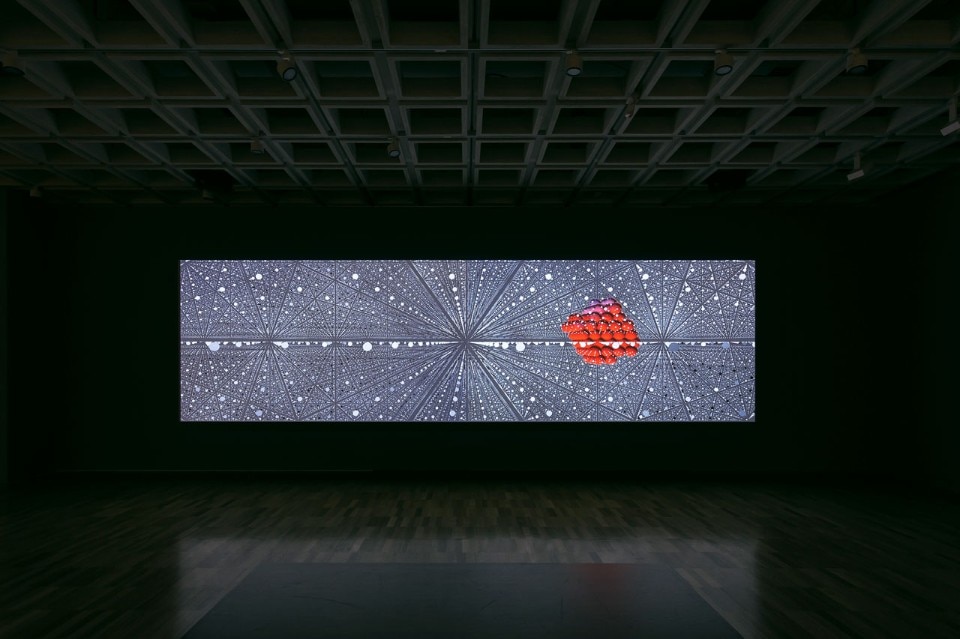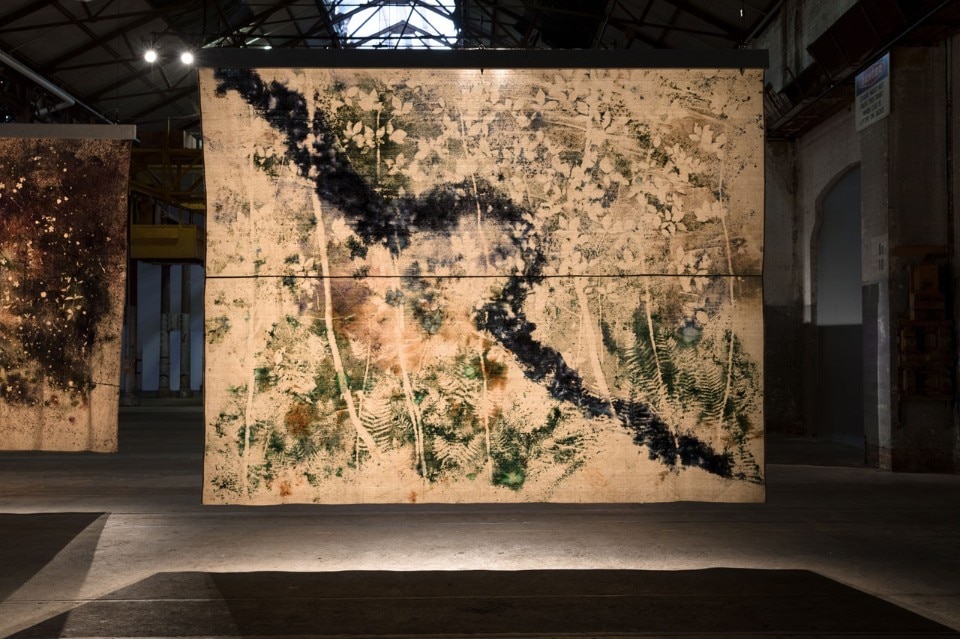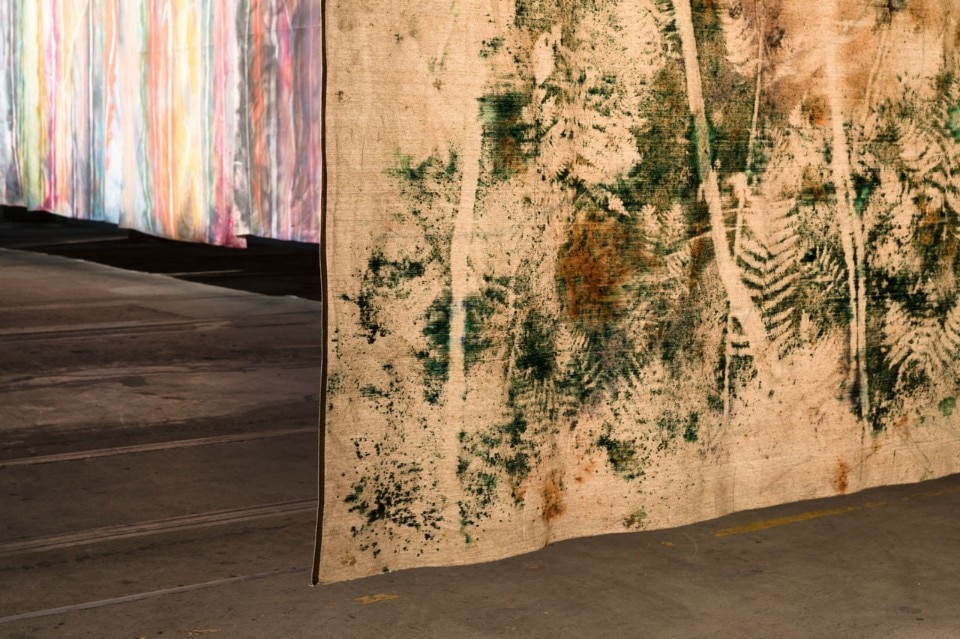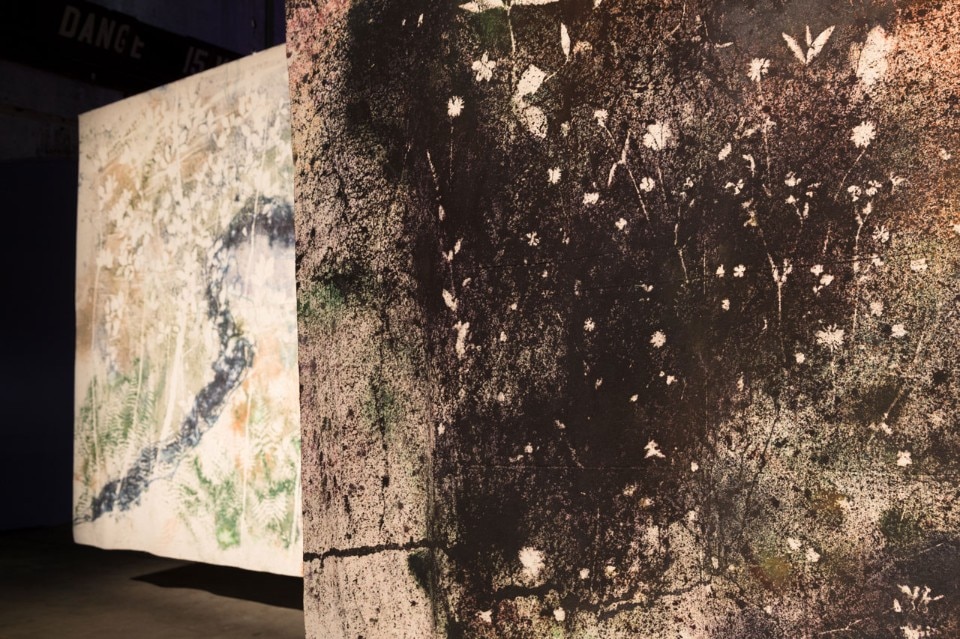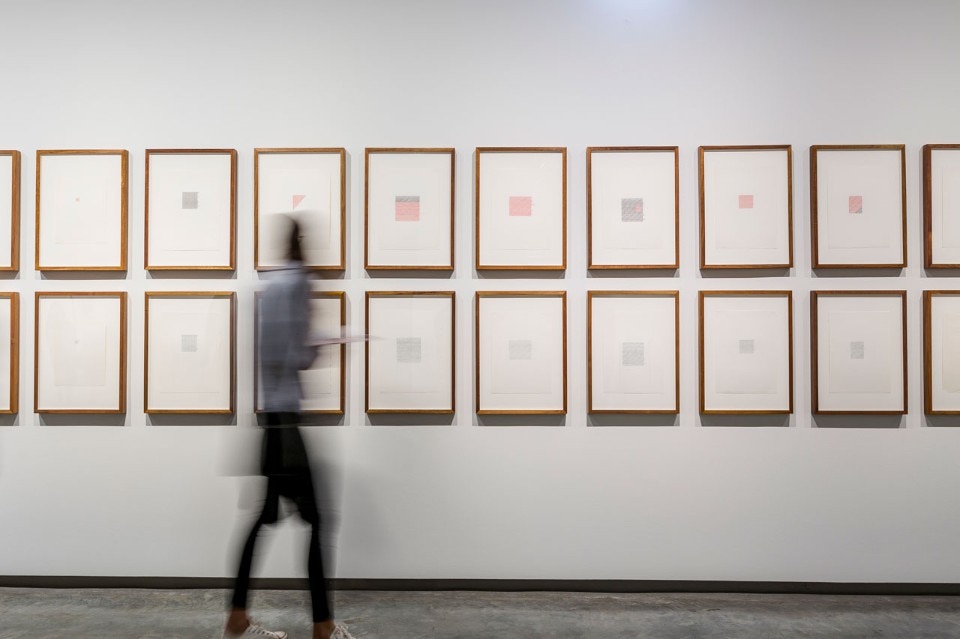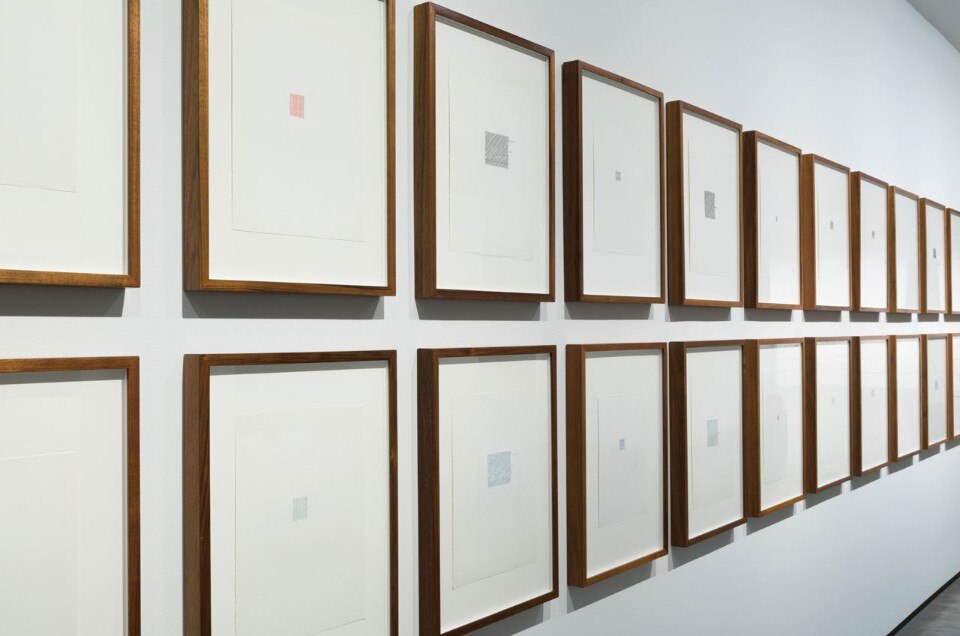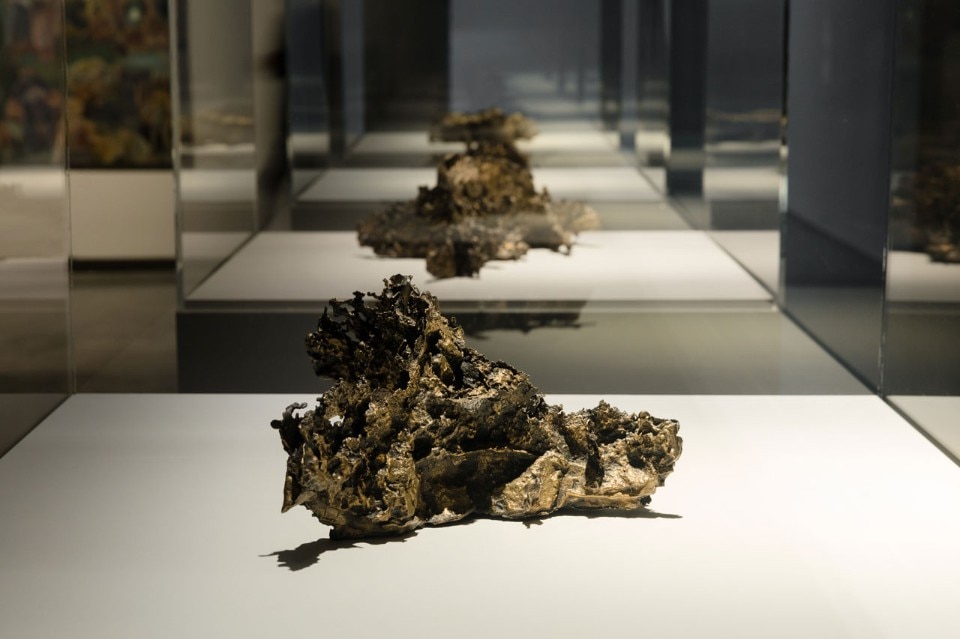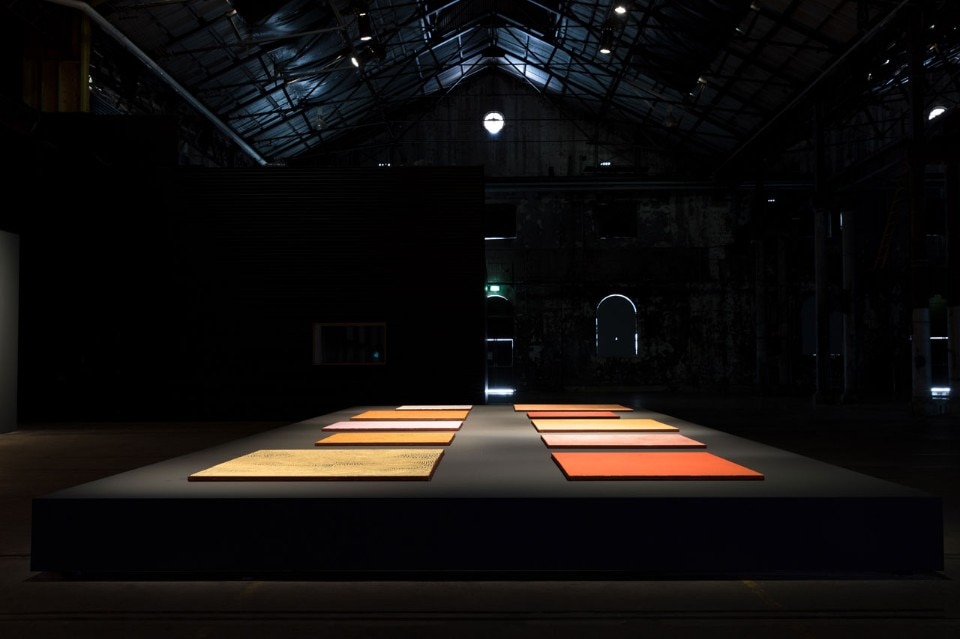With over 70 artists from 35 countries, the 21st Sydney Biennale takes place at 7 venues across the city, taking as its curatorial concept “Superimposition: equilibrium and engagement”. Unlike the tightly wound categorisation of the 2016 Biennale, the concept does not weigh the work down in a heavy framework of presupposed meaning, but allows them scope to draw meaning through their relationships with the other works and with the venues in which they are exhibited.
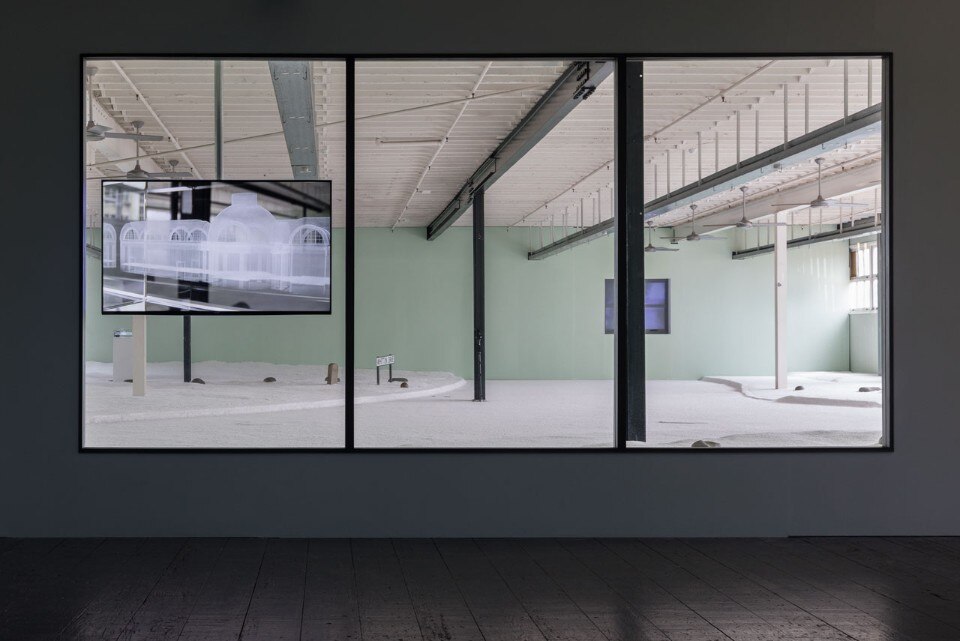
 View gallery
View gallery
Perhaps to play with the notion of interpretation, and meaning itself, a number of the works used text directly or played with textural elements, in some cases in a direct or dramatic way. Tom Nicholson applies text quite explicitly as form and content, in ‘Untitled wall drawing’ he covers the gallery walls with a handwritten list of all events creating national boundaries since Australian federation in 1901, creating a relationship between the line of text and the line of the drawing, as well as demonstrating the role of both in the work of demarcation. In I can’t, Nicole Wong engraves Google search result texts into marble to draw humorous parallels between the gravity of the Rosetta Stone and search terms repeated and deleted so often their accumulated inscription would be enough to carve them in stone. And for the work Carbon Copyartist Simryn Gill assembled brief quotes on the topic of immigration from two conservative politicians Mahathir Mohamad from Malaysia and Pauline Hanson from Australia in 1998, with diminutive phrases like ‘common sense’ appearing almost innocent in tiny font, until the wider context of the work is understood.
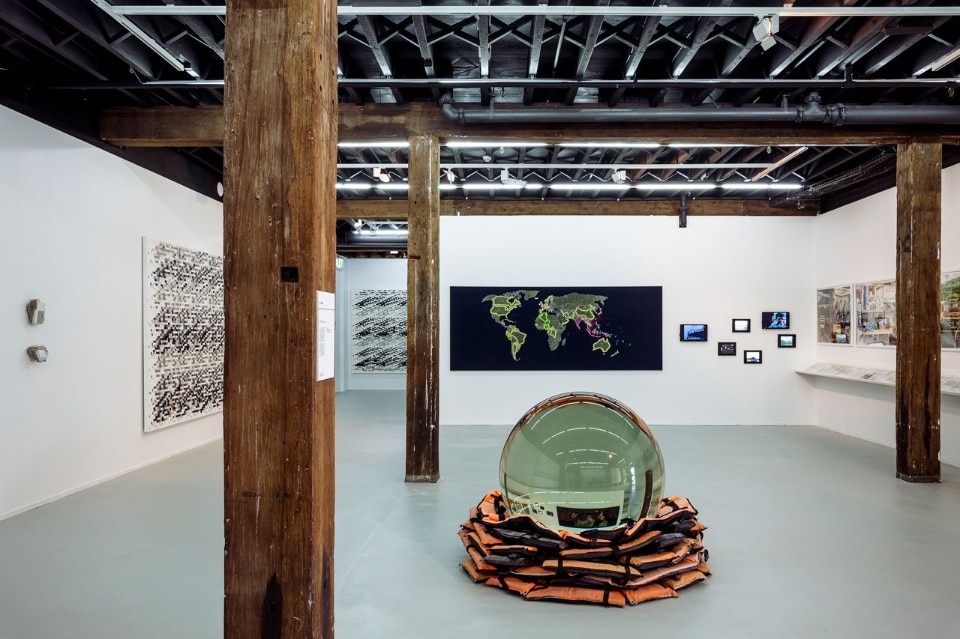
 View gallery
View gallery

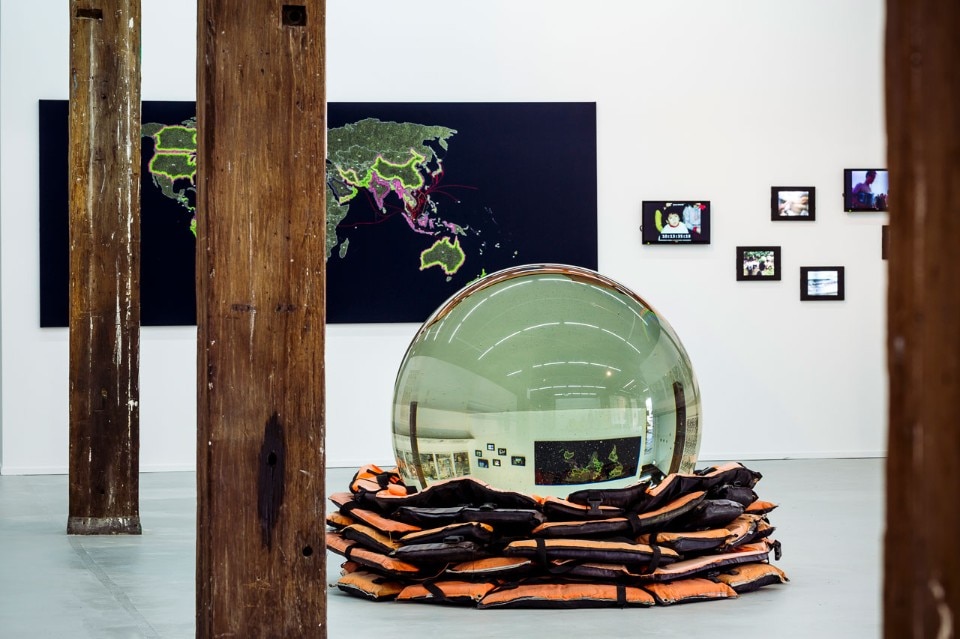
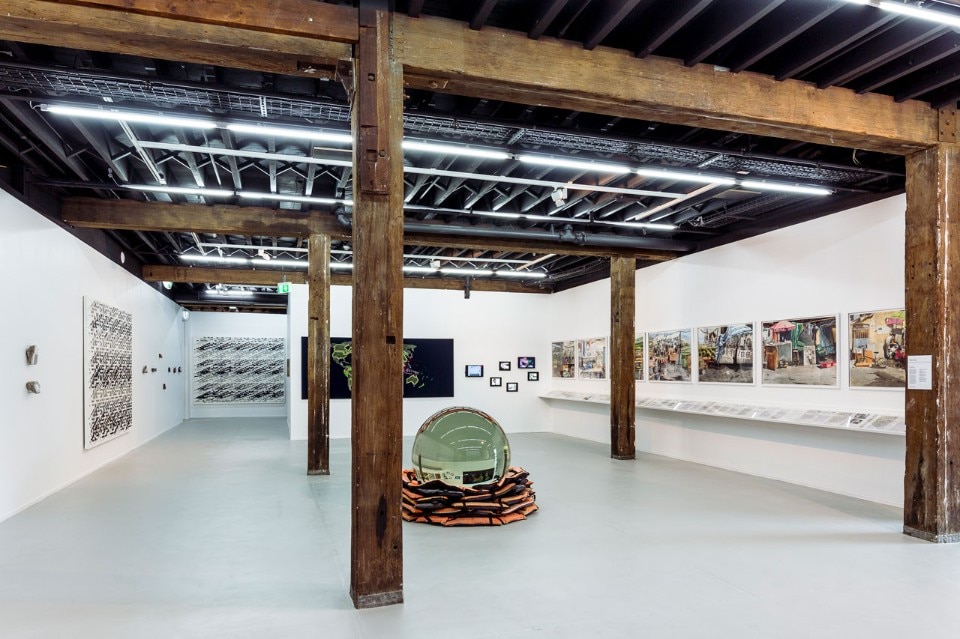
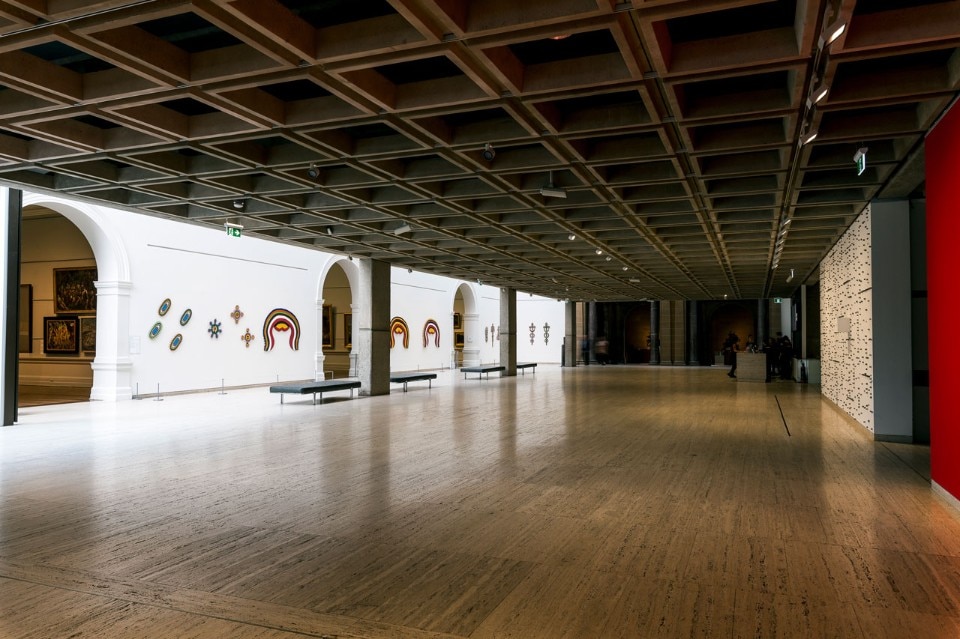
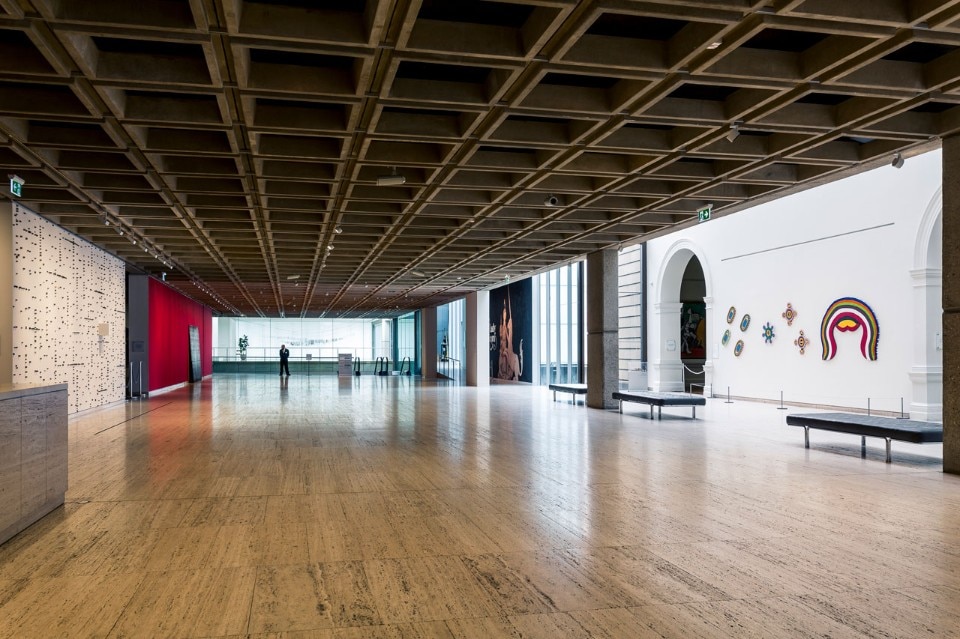


On Cockatoo Island, Ai Weiwei’s work Law of the Journeyfills an entire factory floor with an oversized inflatable model of a life raft and of refugees fleeing persecution. The work’s immense scale can only be understood by taking the time to walk around it – indeed size is measured as the time it takes to circumnavigate the work – while the viewer is invited to read texts from a variety of sources, all considering theories and philosophies of hospitality, as a way perhaps of provoking our better nature.
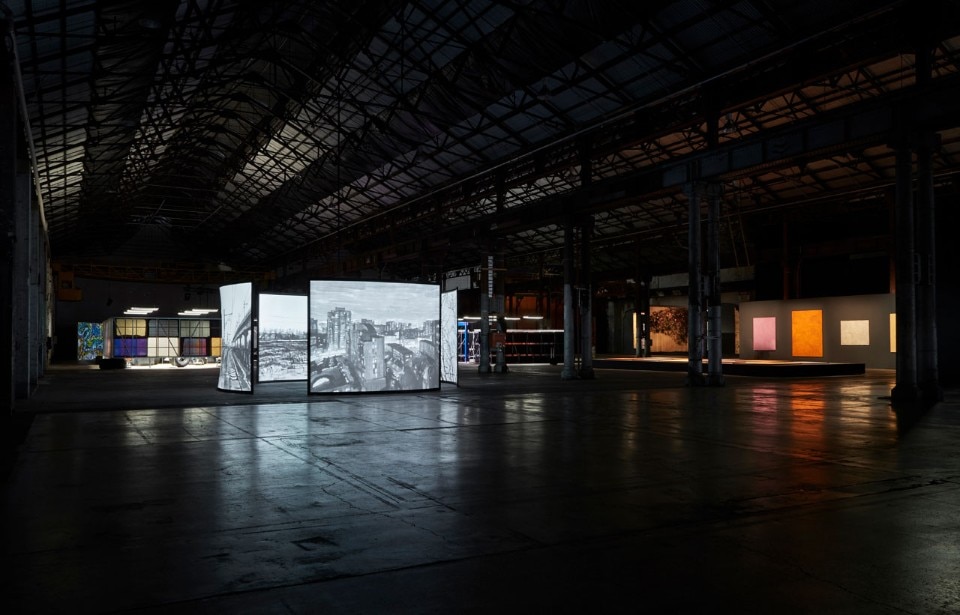
 View gallery
View gallery

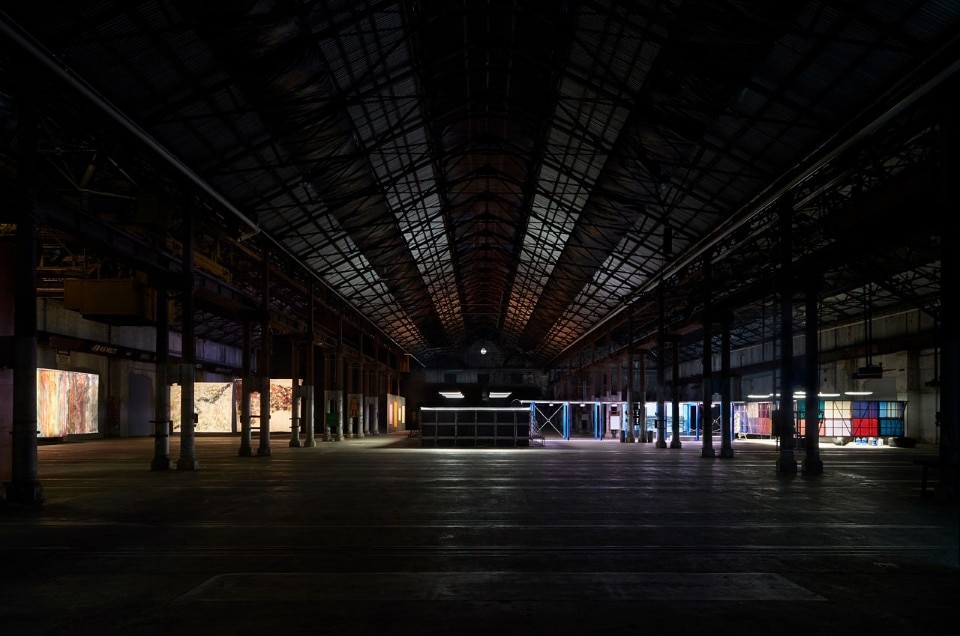
Many works deployed traces, calling attention to something that is absent but was once present, playing with their own history and loss. The emphasis on the trace is interesting in and of itself, for the trace usually presupposed an indexically closer relationship with the referent. At Carriageworks, Marco Fusinato’s work Constellationswas a single baseball bat chained down in an empty room, inviting visitors to hit the wall once with as much intensity as they could muster, while amplification played back the reverberating effects of their hit with deeper resonance. Visitors entering the room could review the marks left by their contemporaries, layers of engagement by other visitors, some ripping several layers of paint of the wall, others almost impossibly high, a catalogue of stories, of attempts, of abandoned signs.
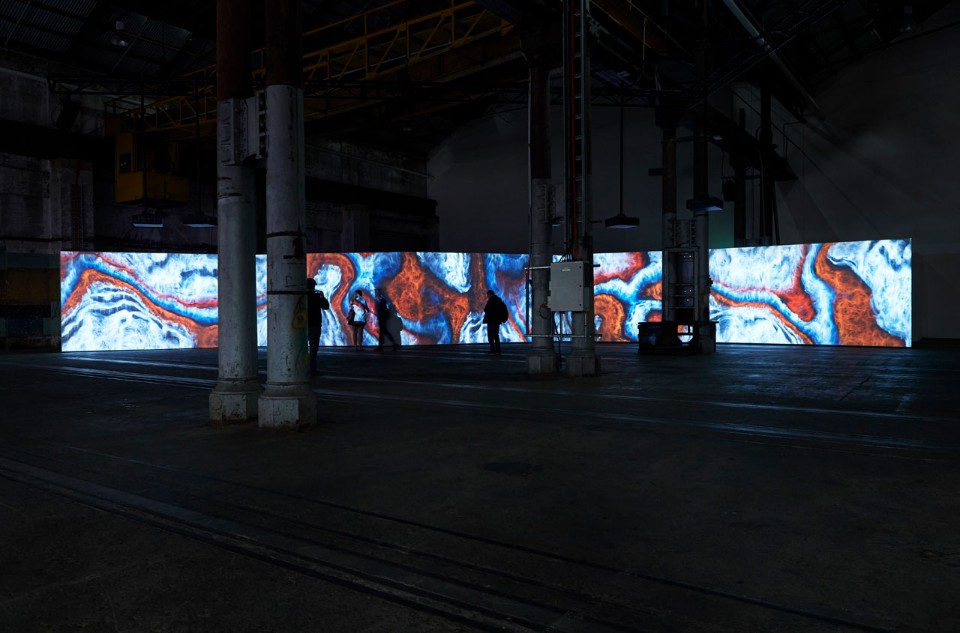
 View gallery
View gallery
In the same venue Western Desert artist George Tjungurrayi presents a series of abstract, patterned paintings. While the symbolism of these works is complicated, they show abstract markings which for the viewer appear representative of the topographical features of the environment, whether they are ripple lines in the sand or circular water holes. There was a surprising similarity with the video art of art group Semiconductor, which presents seismic data from the formation of landscapes through earthquakes, volcanoes and glaciers, translated into an audio soundtrack which generates a multi-channel animation. What the works have in common is the way they show the undulating lines and consistently changing morphologies of the earth. Whether through digital animation, or through Tjunguarrayi’s shimmering painting technique, both works show the incessant movement of the ground beneath our feet.
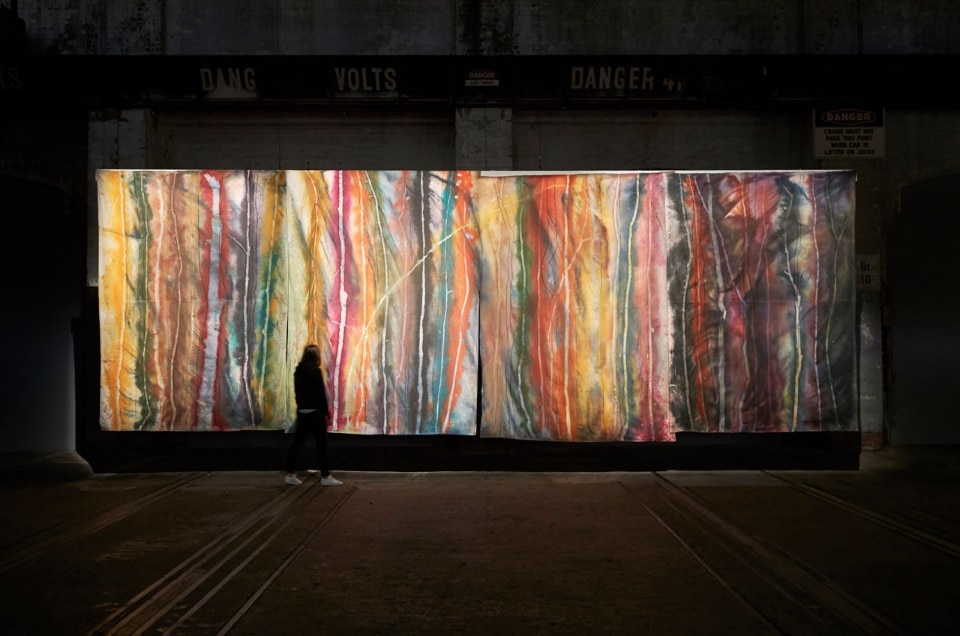
 View gallery
View gallery
Sam Falls’ beautiful paintings also index nature, produced with a technique that involves covering canvases with organic matter such as sticks and leaves, then with pigment. He leaves them outside exposed to rain and wind, finally removing the material to leave traces on the canvas, colourful silhouettes that recall not only their production but also the objects they represent.
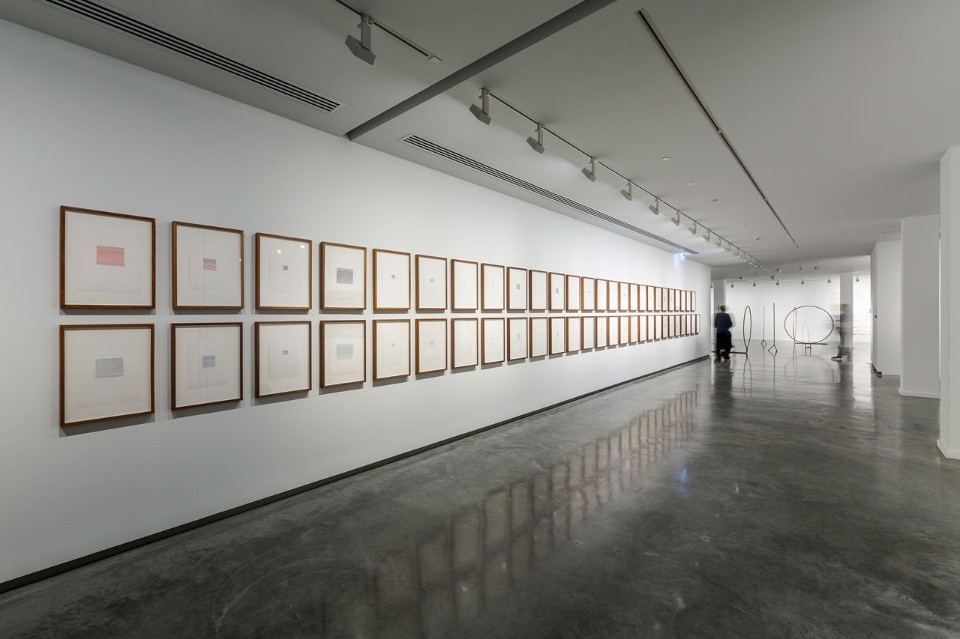
 View gallery
View gallery
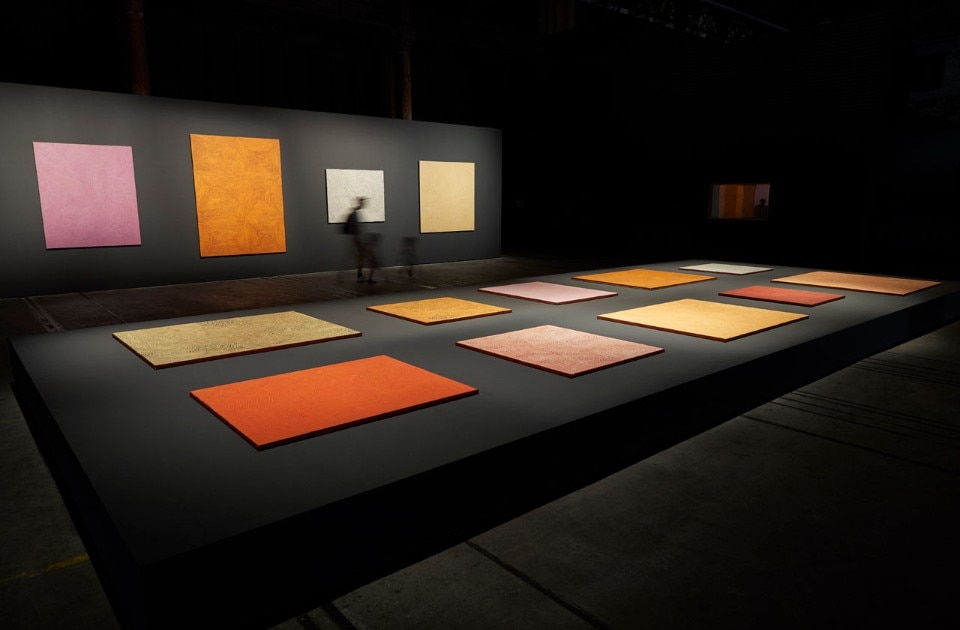
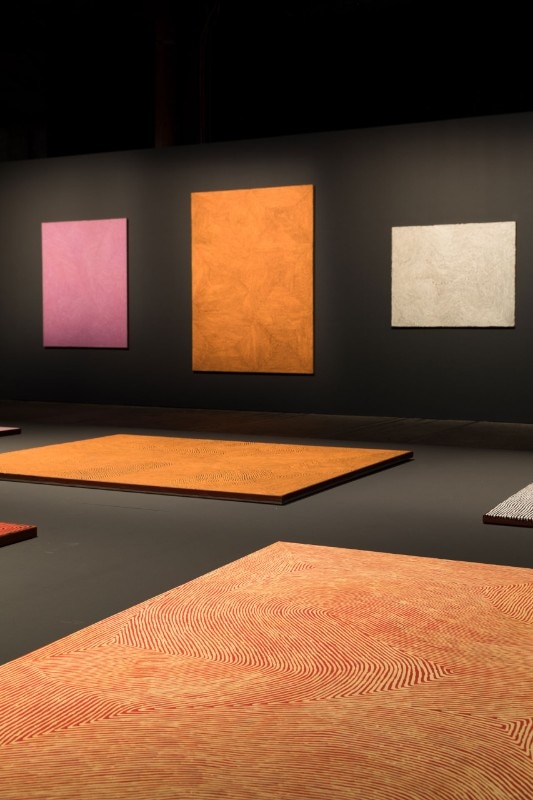
Every viewing of an artwork transforms not only its own meaning but of those seen before and afterwards, the meanings of each are heavily interwoven. To stay relevant the Sydney Biennale should consider this play of differences as part of what it delivers. By continuing to work with geographically dispersed venues, preferably expanding its footprint toward the west of the city, the Biennale will deepen our understandings of the art exhibited, whether through relationships with the international artists exhibited, or through the different sites and venues of the city.
- Exhibition title:
- Biennale of Sydney
- Theme:
- Superposition. Equilibrium & Engagement
- Opening dates:
- 16 March – 11 June 2018
- Artistic director:
- Mami Kataoka
- Venues:
- Art Gallery of New South Wales, Artspace, Carriageworks, Cockatoo Island, Museum of Contemporary Art Australia, Sydney Opera House and 4A Centre for Contemporary Asian Art


